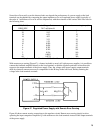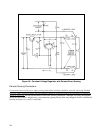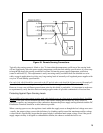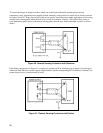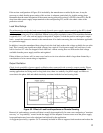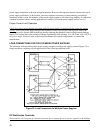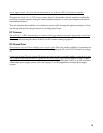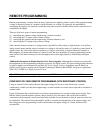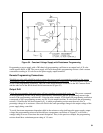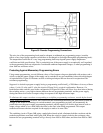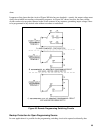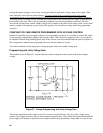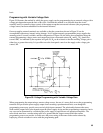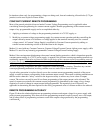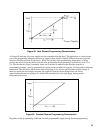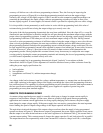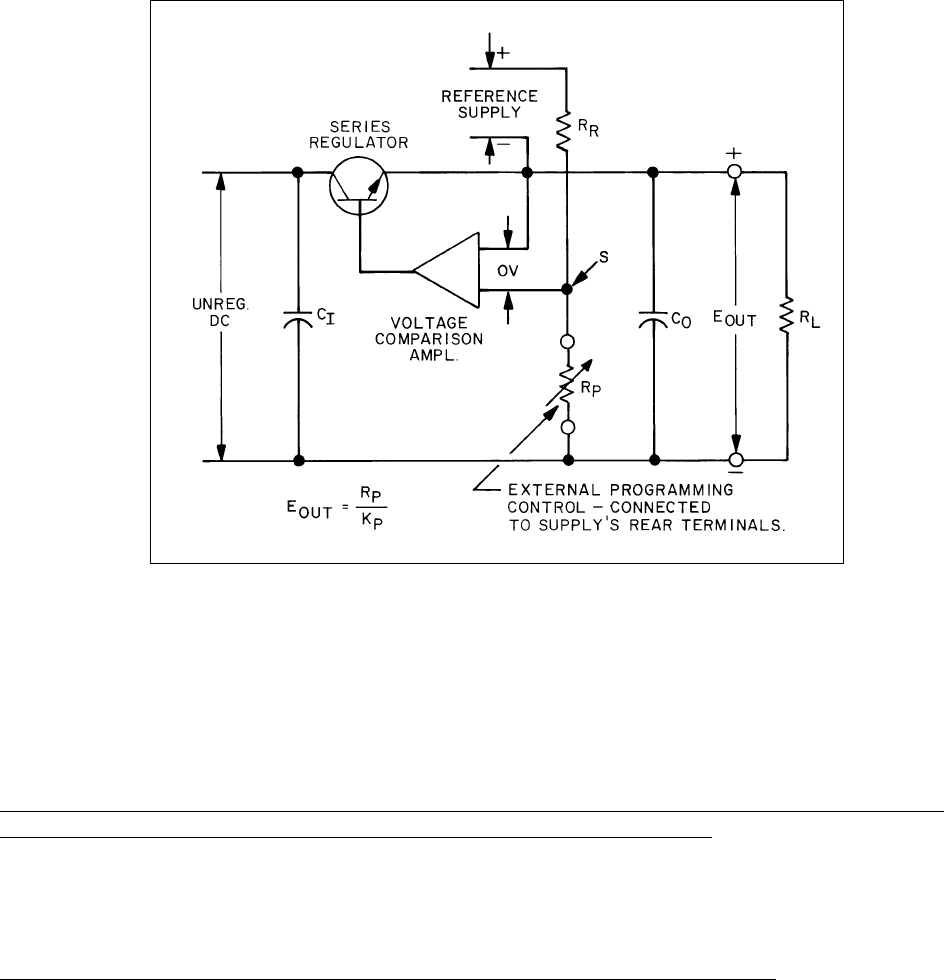
81
Figure 54. Constant Voltage Supply with Resistance Programming
Programming a power supply with a 200 ohms/volt programming coefficient to an output level of 30 volts
would require and R
P
of 6K. The power supply will force through this programming resistor a 5mA constant
current thus resulting in 30 volts across the power supply output terminals.
Remote Programming Connections
Shielded two-wire cable should be used to connect the power supply programming terminals to the remote
programming source, following the manufacturer's instructions for connections. The shield should not be used
as one of the programming conductors. One end of the shield should be connected to the DC Common Point
and the other end of the shield should be left unconnected (Figure 55).
Output Drift
Check that programming leads and source will not contribute to output drift, noise, etc. The power consumed
in the programming resistor can be readily determined by remembering that the programming current is the
inverse of the programming coefficient K
P
. Using the same example, a 200 ohms/volt programming coefficient
corresponds to 5mA programming current, and for 30 volts output (and thus 30 volts across the programming
resistor), 150 milliwatts will be dissipated in R
P
. A stable programming resistor must be used, since a
percentage change in its resistance value will result in the same percentage change in the output voltage of the
power supply being controlled.
To avoid short term temperature-dependent shifts in the resistance value (and hence the power supply output
voltage) the programming resistor used should have a temperature coefficient of 20 ppm/°C or less and a
wattage rating in excess of ten times the actual dissipation. Thus, in the previous example, the programming
resistor should have a minimum power rating of 1.5 watts.



